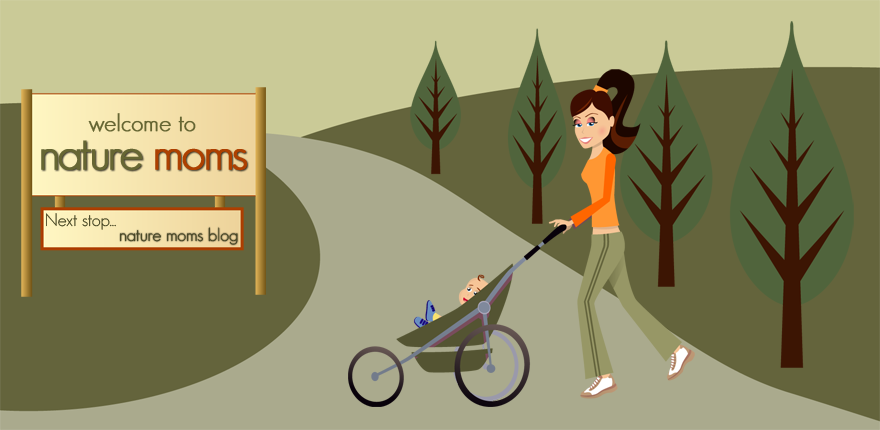

Composting and Organic Gardening
Compost is a great tool for any gardener. It helps
your garden hold just the right amount of water, makes it the right
texture for plant growth, and provides it with beneficial natural
organisms. While you can buy this type of product at the store, it’s
cheaper to make it yourself. You also get the added benefit of
knowing that you’re not just throwing your yard waste away; it’s
actually doing something beneficial.
There are two different types of compost piles you
can make; the first is a cool pile. To make a
cool pile, simply throw your clippings and leaves in the bin as they
come and stir the ingredients occasionally. This is a good option if
you don’t have a lot of time to devote to composting, but it takes
about a year to get useable compost. You shouldn’t add diseased
plants or weeds to this mixture because they can be harmful. Composting does more than just save on waste-disposal costs. Garden compost improves soil structure in many ways - helping sandy soils retain water, contributing to drainage in clay soils, and inoculating the soil with healthy microbes, some of which help plants take up more nutrients from the soil and also help improve their resistance to pests and diseases. No matter what soil you have to play with, it will always benefit from compost and you can also use the compost to make up your own growing media. Setting up a composting system is relatively straightforward. You can choose between buying a composting bin - preferably made from recycled plastic - or make your own by wiring together four wooden pallets and lining them with cardboard, or drilling holes in an old plastic or galvanized dustbin (trash can) if you have a spare one. Whatever your choice of container it should be covered, with either a lid or some old carpet, to keep out the rain and keep heat in. It is also best to site it near your kitchen so you have no excuse when it comes to depositing your kitchen waste on the heap. Once you have allocated a site for the compost heap or bin, you are ready to embark upon what many in gardening liken to alchemy. There is no shortage of composting 'experts' who will be only too ready to blind you with science on their particular tried-and-tested method. However, the basic principles are simple. You need to provide food, air and water in order for billions of microbes (fungi, bacteria and so on), worms and insects to turn your waste into compost. The food you add should be a mixture of high-carbon and high-nitrogen materials. Wood, paper and leaves are high in carbon but left alone would decay too slowly, and may deplete nitrogen in the soil. Grass clippings and fruit and vegetable waste, which are rich in nitrogen, break down much more easily but can create slimy, smelly compost heaps. A suitable mixture might include: dry, dead plant material such as straw, autumn leaves and wood chips - usually moistened first; fresh plant material such as green leaves, fruit and vegetable scraps from the kitchen, tea bags and coffee grounds; and fresh horse manure (ideally from organically fed horses). You can also add newspapers in small amounts and cardboard cereal boxes.
Composting Books:
|